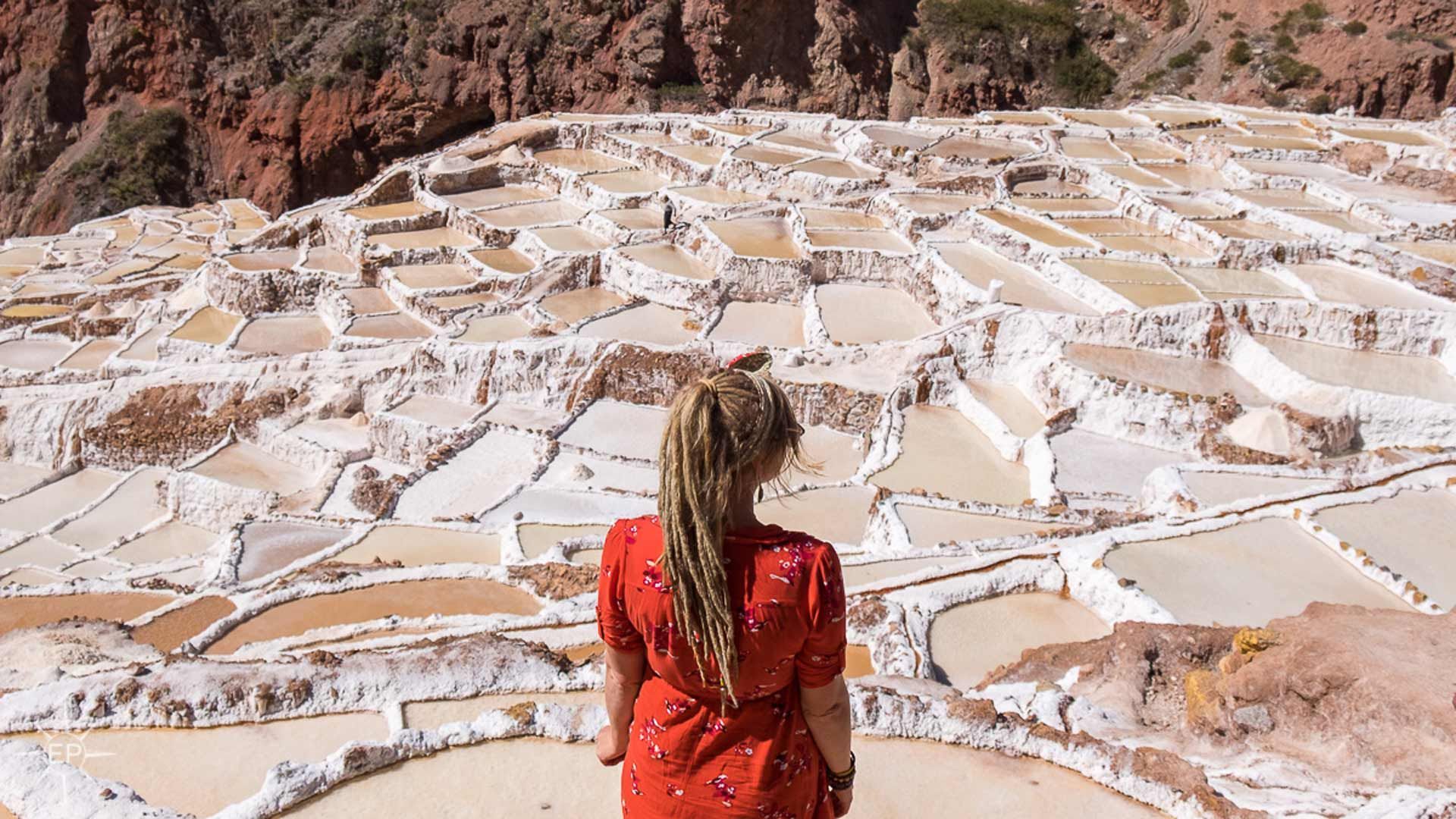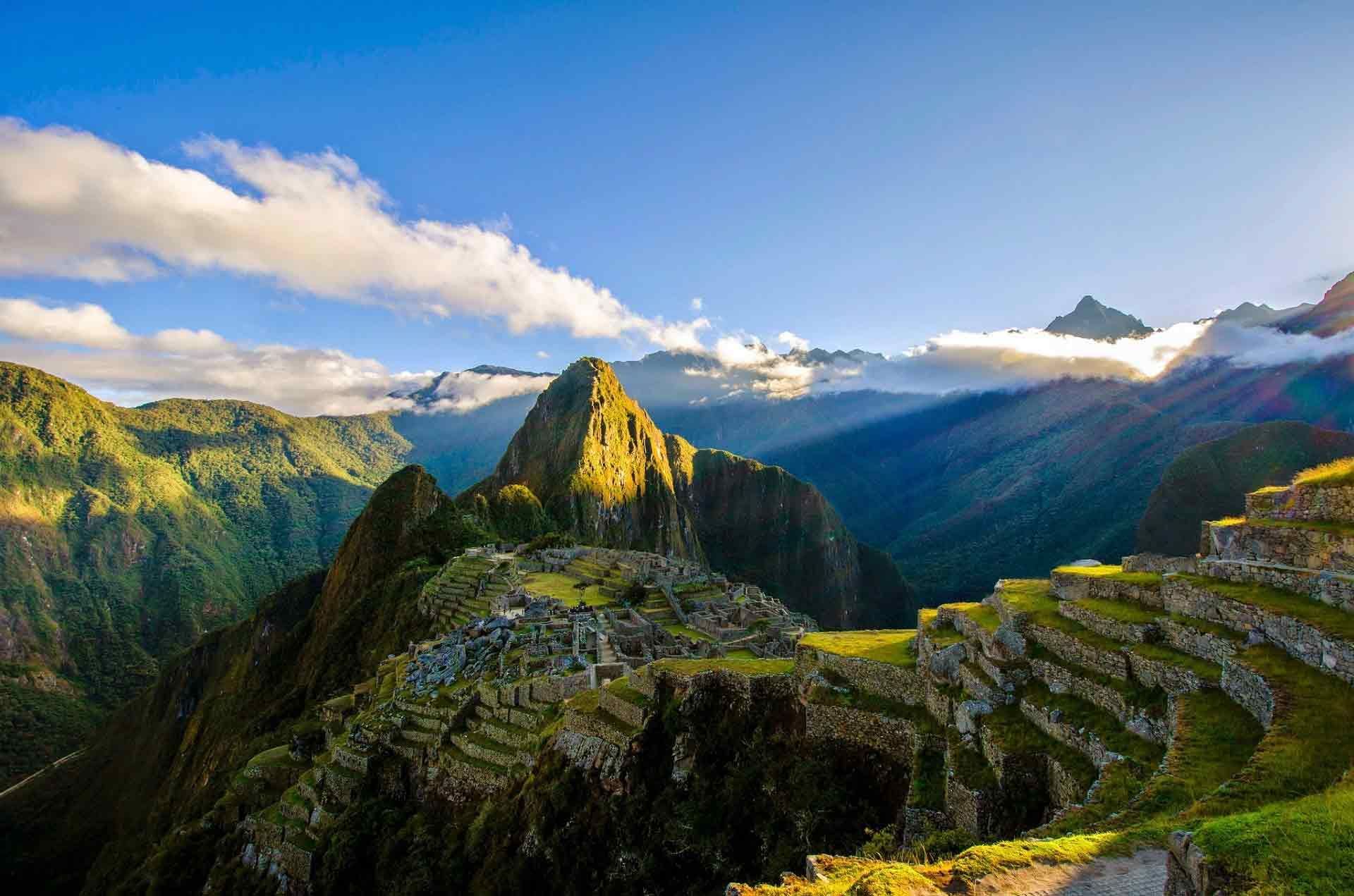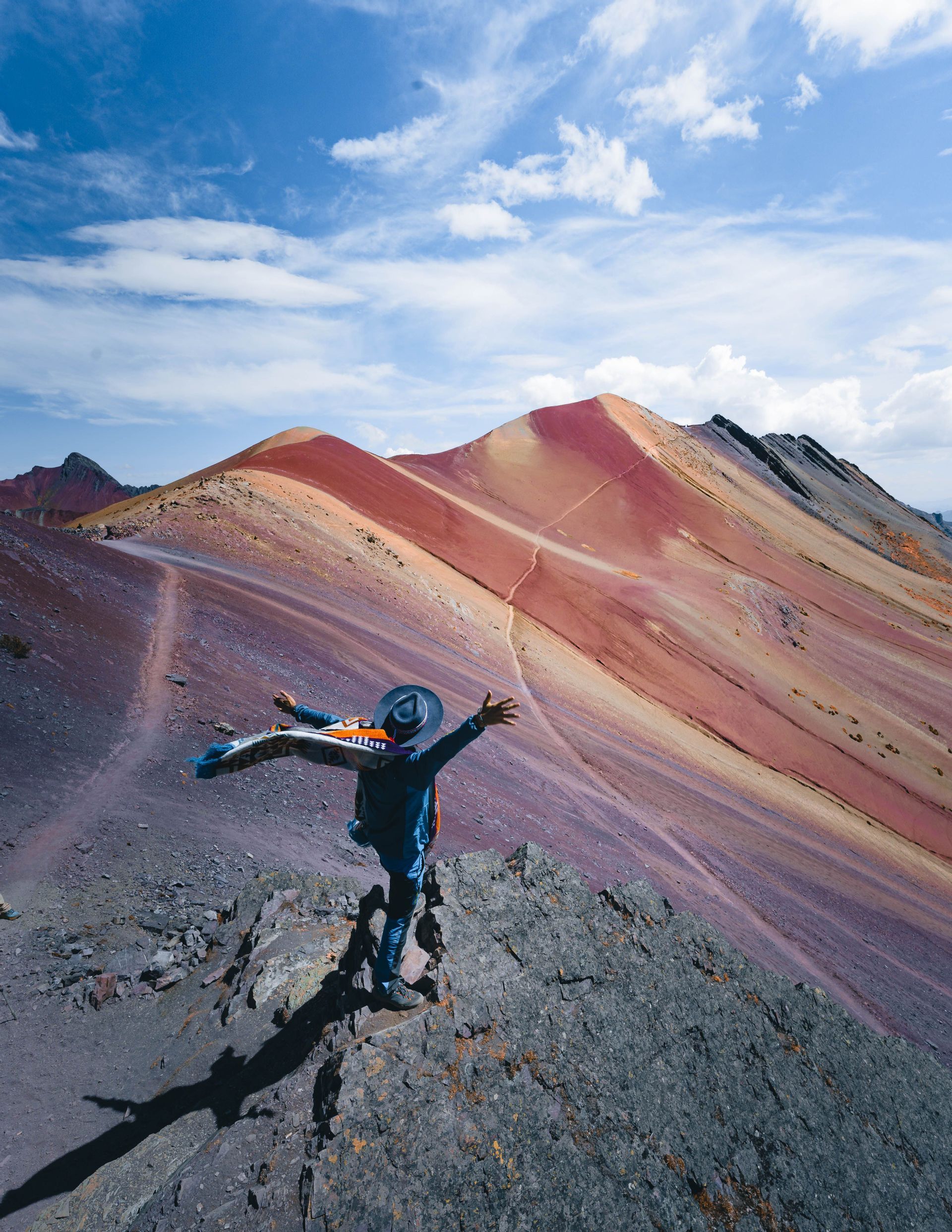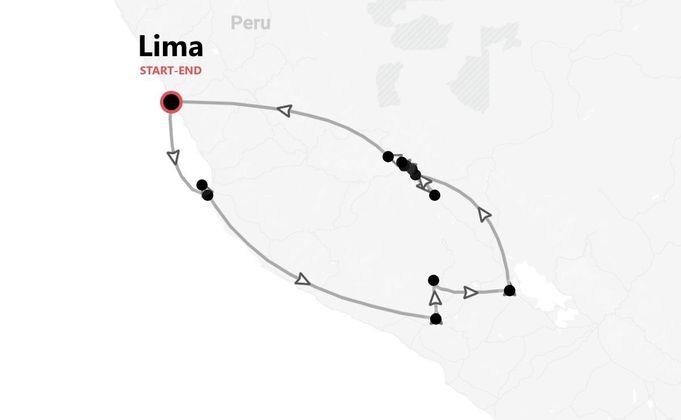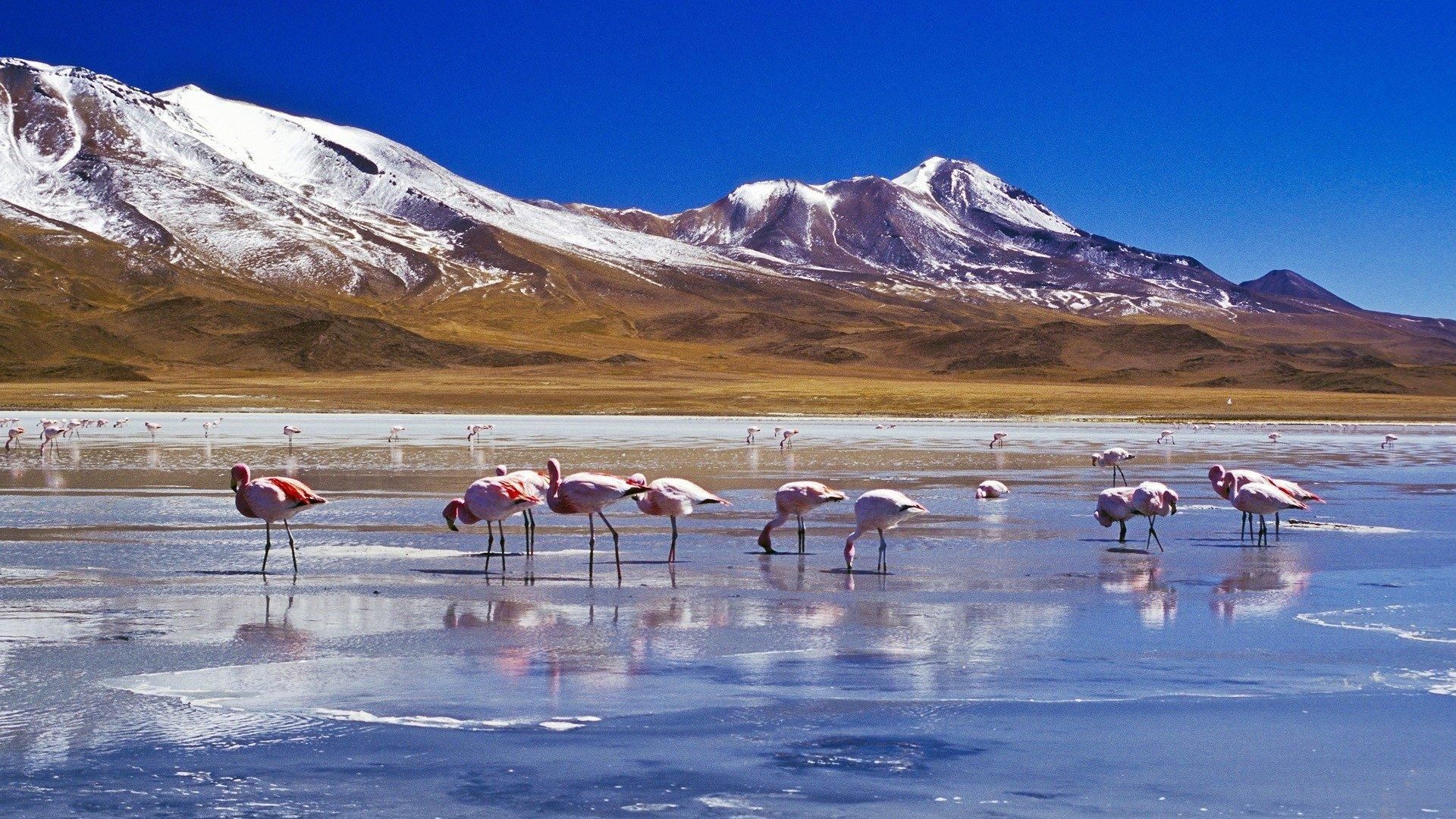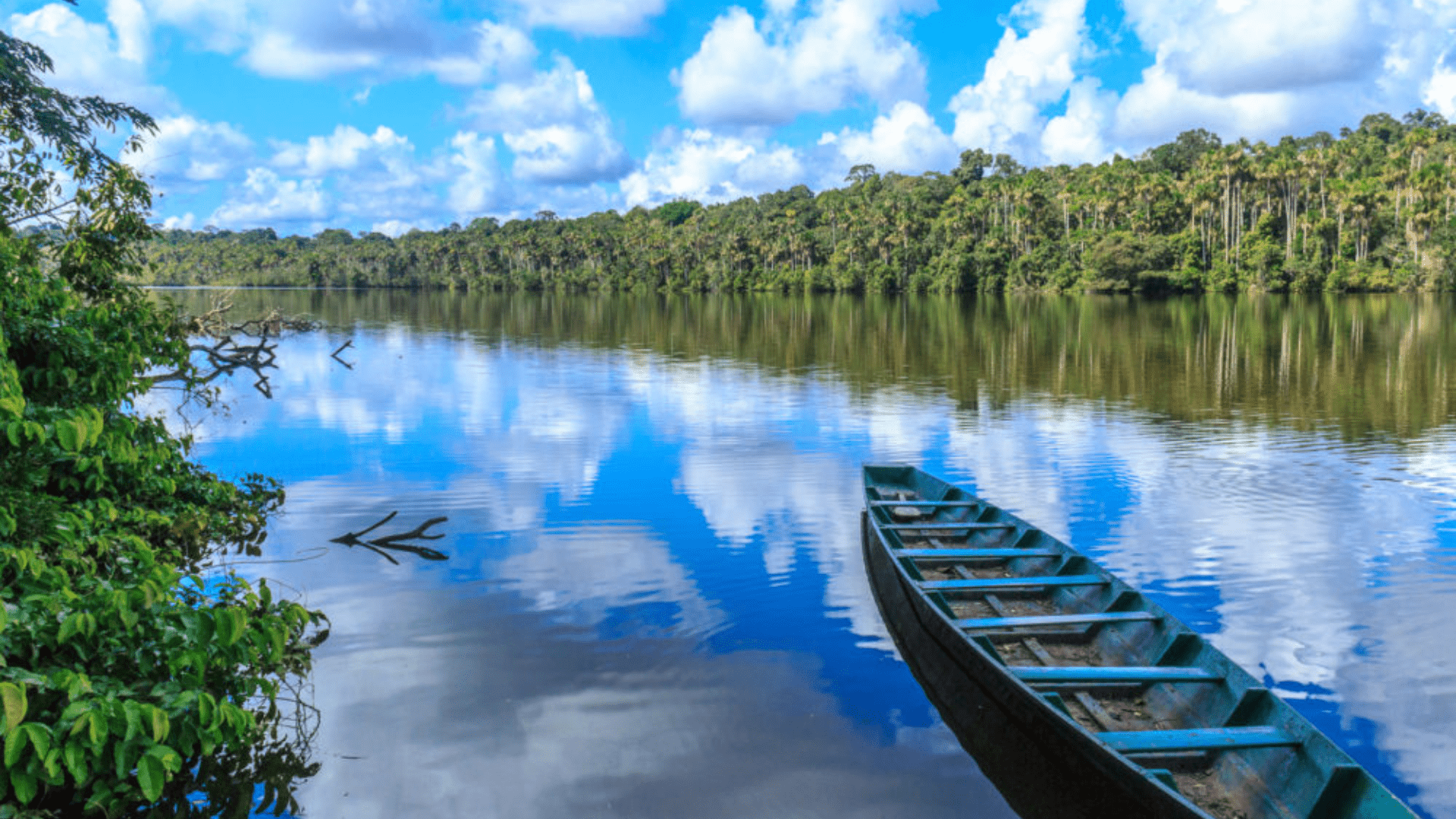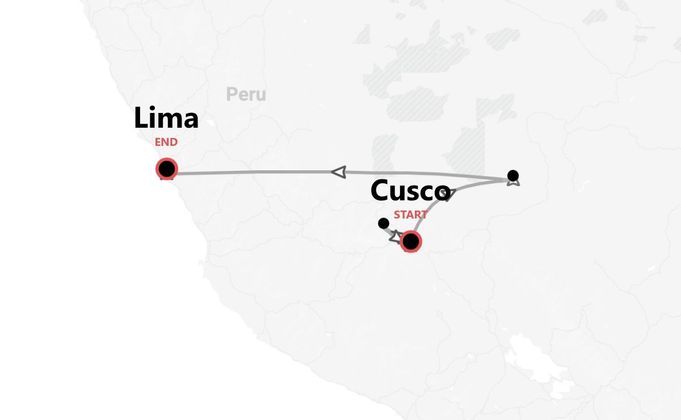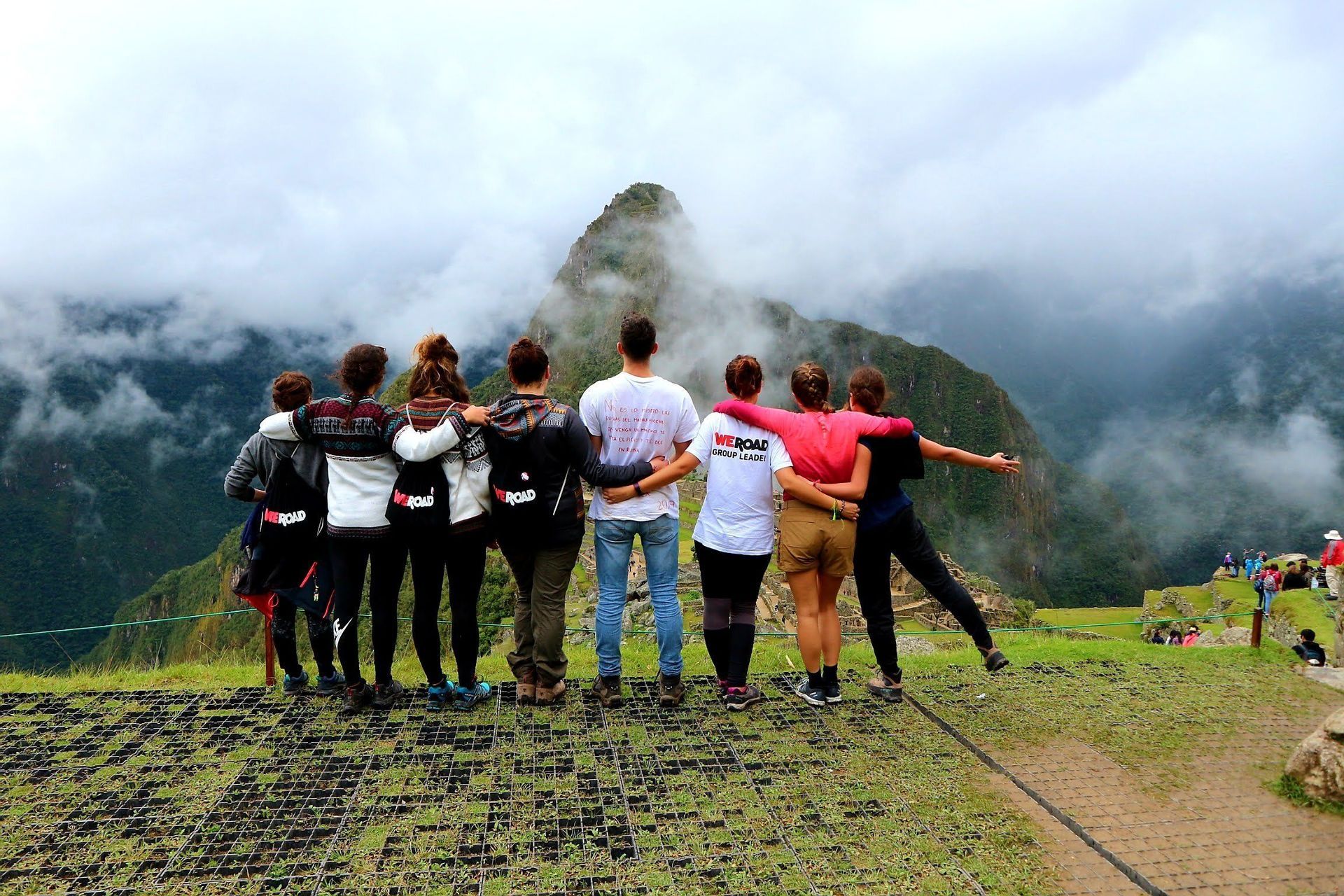
Group trips to Peru
Our organized trips to Peru
From the 5000-meter heights of Lake Titicaca and Rainbow Mountains to the capital Lima, passing through the charming cities of Cuzco, Arequipa, and one of the seven wonders of the modern world: Machu Picchu. With these itineraries, we take you through different climates, landscapes, and experiences every day, allowing you to experience every facet of this unique country. Early mornings and long transfers, often using public transportation, will be part of the routine to make the most of every minute of the journey!
FAQs about Peru
If you are a UK citizen, to find out the entry requirements for Peru, you can check this informational page from our partner Sherpa. If you need a visa, you can apply for it through Sherpa. If you are not a UK citizen, you can still use Sherpa by changing the nationality in the 'Passport' section.
Before traveling, always remember to check the government website of your country of origin for updates on the entry requirements for Peru – you wouldn’t want to stay home due to a bureaucratic detail!
- UK residents: review the FCDO Travel Advice.
- US residents: consult the US Department of State Travel Advice.
- Other residents: refer to your government or local consulate's travel advice.
Peru is in the Peru Time Zone, which is GMT-5. Peru does not observe daylight saving time. If it is 12pm in the UK, it will be 7am in Peru. Perfect for coordinating those calls or planning your day!
Peru uses the Peruvian Sol (PEN) as its currency. The daily exchange rate can vary, but typically it's around:
- 1 GBP to 5 PEN
- 1 USD to 3.8 PEN
- 1 EUR to 4 PEN
You can exchange currency at banks, exchange bureaus, and some hotels. For the best rates, we suggest you use official exchange bureaus or ATMs.
In Peru, you can pay using cash, credit cards, and debit cards. Credit cards like Visa and Mastercard are widely accepted in hotels, restaurants, and larger stores, but it's a good idea to carry some cash for smaller vendors and markets. ATMs are readily available in cities and towns for withdrawing Peruvian Soles. Always notify your bank before traveling to avoid any issues with your cards.
Tipping in Peru is appreciated but not always expected. In restaurants, a tip of around 10 percent is common if a service charge isn't included in the bill. For hotel staff, a small tip for good service is nice, like a couple of soles. If you're on a tour, consider tipping your guide and driver, with the amount depending on the length of the tour and the quality of service. For taxis, rounding up the fare is a friendly gesture, but it's not mandatory.
In Peru, internet access is generally good in urban areas, with Wi-Fi widely available in hotels, cafes, and restaurants. However, in rural and remote regions, connectivity can be limited. If you’re planning to travel outside the main cities or need constant internet access, buying a local SIM card is a smart move. You can get a SIM card from major providers like Claro, Movistar, or Bitel. Buying a prepaid SIM card or an e-SIM data plan can give you reliable access to data during your stay, ensuring you're connected wherever you go.
In Peru, the official language is Spanish, but you'll also hear Quechua and Aymara, especially in the Andean regions. Here are some useful Spanish expressions you might hear or use:
- Hello: Hola
- Please: Por favor
- Thank you: Gracias
- How much is it?: ¿Cuánto cuesta?
- Goodbye: Adiós
Knowing a few words can really enhance your travel experience.
In Peru, you'll find two types of plugs: Type A and Type C. The electricity supply is 220 volts at a frequency of 60 Hz.
If your devices have different plug types or are not dual voltage, we suggest you bring a universal adapter. This will help ensure your electronics stay charged and ready to use while you're exploring.
The main religion in Peru is Roman Catholicism, which plays a significant role in the country's culture and traditions. Important religious holidays include Easter and Christmas, which are widely celebrated with various local customs and festivities. If you're visiting during these times, you'll experience vibrant processions and traditional events. Peru is a country with religious diversity, so you'll also find communities practicing other religions, such as Protestantism, which is the second largest faith group.
Packing for Peru can be a bit tricky due to its diverse climate and geography.
Here's a helpful list to prepare your backpack for a great trip:
-
Clothing:
- Lightweight t-shirts and long-sleeved shirts
- Warm fleece or sweater for cooler evenings
- Waterproof jacket for rain
- Comfortable pants and shorts -
Shoes:
- Sturdy hiking boots for treks
- Comfortable walking shoes
- Sandals for casual days -
Accessories and Technology:
- Sunhat and sunglasses
- Travel adapter (Type A, B, or C plugs)
- Camera or smartphone with a charger
- Portable power bank -
Toiletries and Medication:
- Sunscreen and insect repellent
- Personal hygiene items
- Basic first aid kit
- Altitude sickness medication, like acetazolamide
Peru's diverse regions mean you'll experience different climates, so it's best to be prepared for a range of conditions.
The weather in Peru varies greatly depending on the region due to its diverse geography. Here's a quick breakdown:
- Coastal Region (Lima): Generally mild with little rain year-round. Winter (June to September) can be foggy and humid, while summer (December to March) is warm and sunny.
- Highlands (Cusco, Machu Picchu): Dry season from May to September is sunny and cool, ideal for trekking. The wet season from November to March can bring heavy rain.
- Amazon Basin (Iquitos): Hot and humid throughout the year with a wet season from November to May and a slightly drier season from June to October.
The best time to visit depends on what you want to do, but generally, May to September offers favorable weather conditions for most regions.
